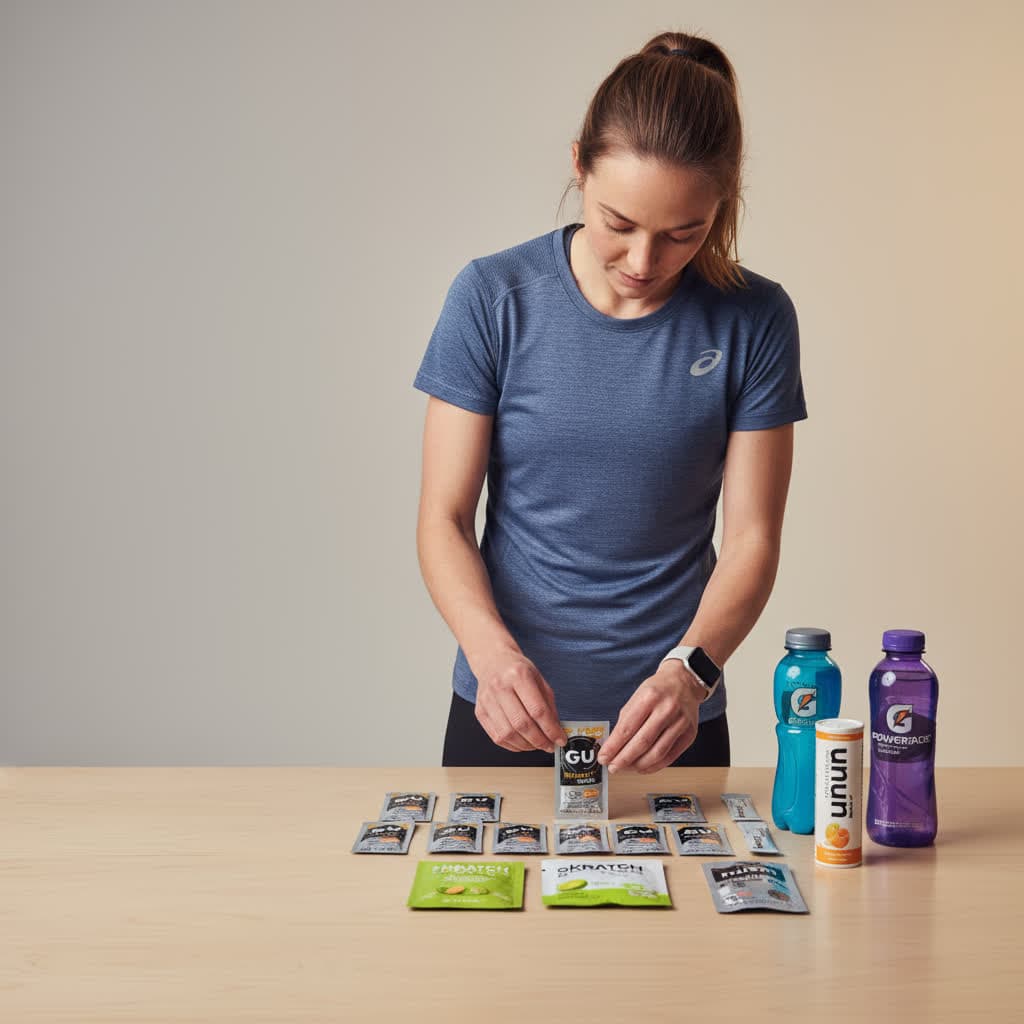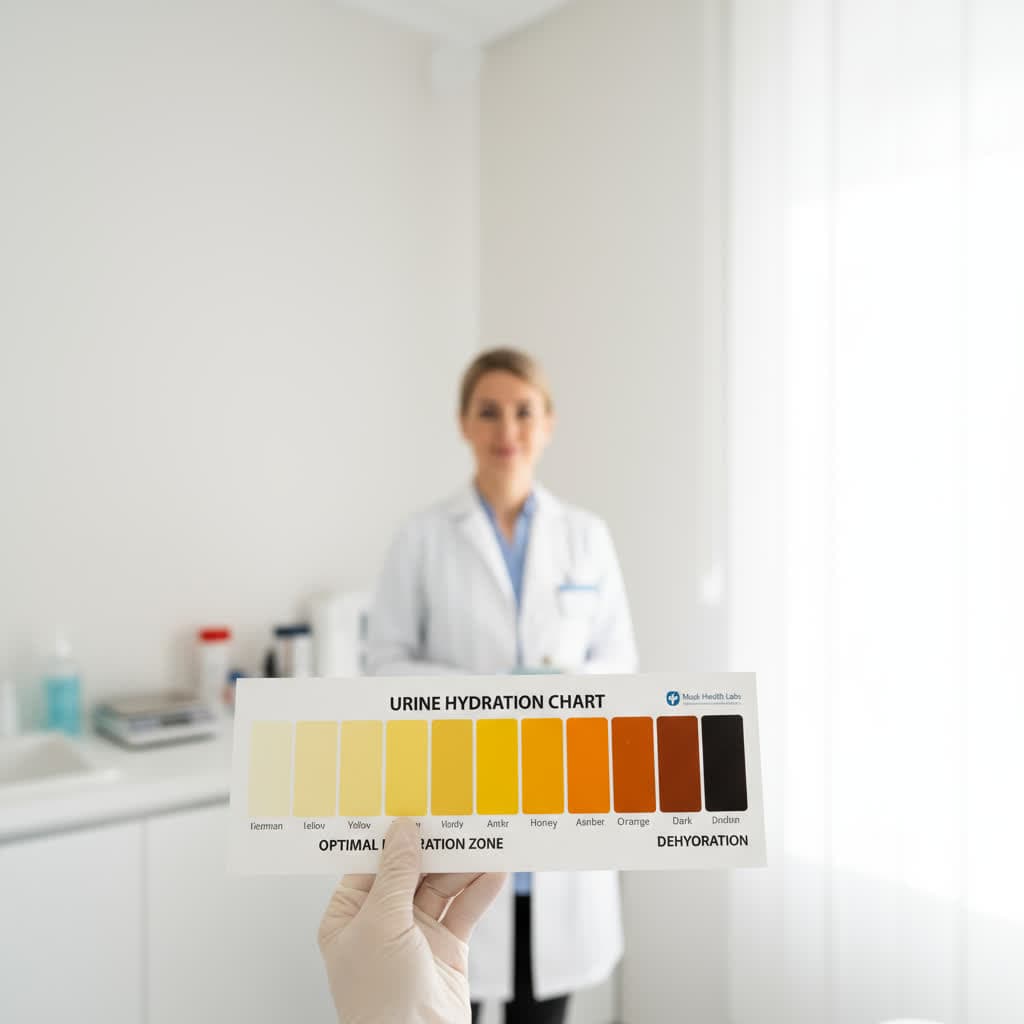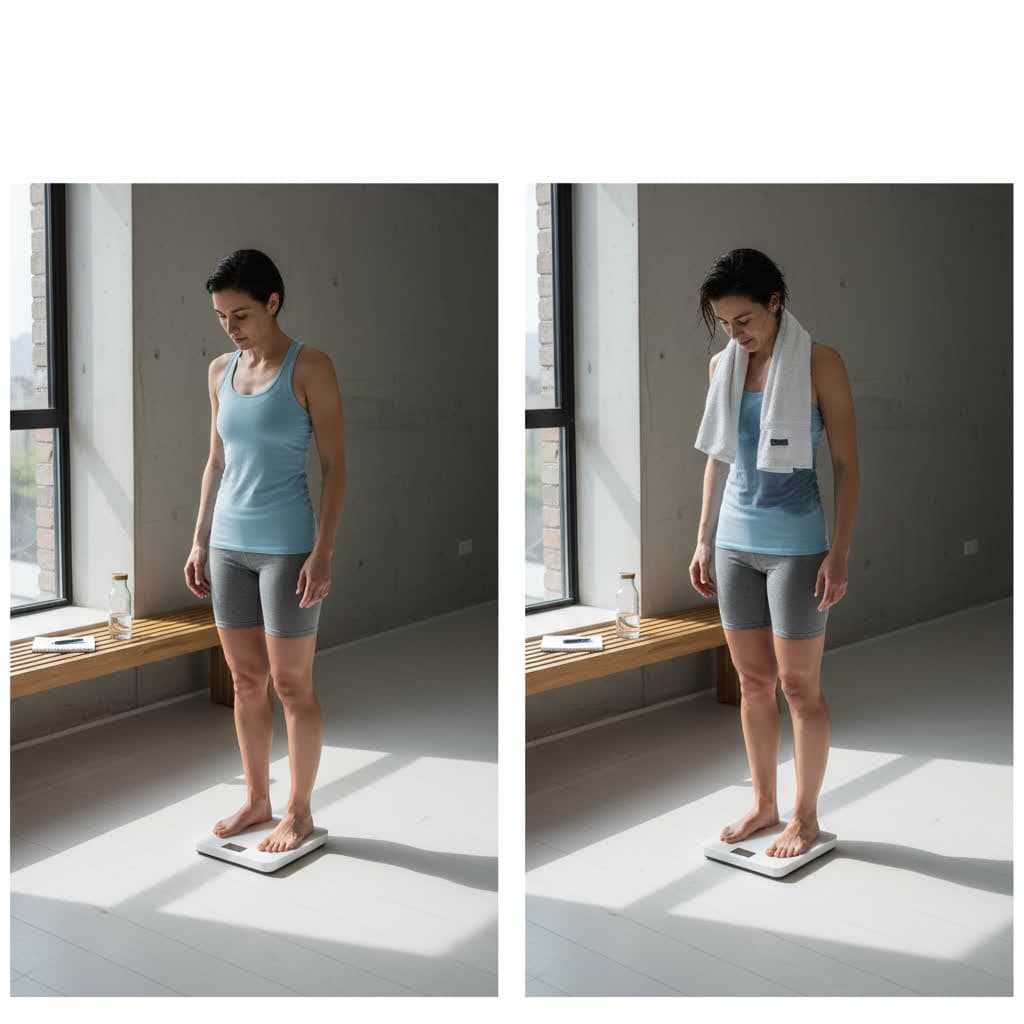Hydration for Runners and Athletes: How to Avoid Hitting the Wall
Every runner dreads “hitting the wall” – that sudden wave of fatigue where your legs turn to lead and your energy evaporates. Physiologically, hitting the wall often means you’ve burned through your glycogen (carbohydrate) stores. But hydration plays an equally crucial role. In addition to glycogen depletion, dehydration itself can bring on weakness, dizziness, and a dramatic drop in performance. Proper hydration for runners is key to sustaining energy, regulating body temperature, and keeping your muscles firing optimally.
In this expert guide, we’ll explore how to stay hydrated like a pro – covering how much water to drink (and when), why electrolytes for athletes are essential, and how to craft a sports hydration plan that fits your needs. Whether you’re a recreational runner or a competitive athlete, understanding the science of hydration will help you avoid the wall and finish strong.

Why Hydration Matters for Performance
Water isn't just a thirst-quencher during exercise – it's the medium for nearly every bodily function that keeps you running. Even mild dehydration can take a toll on athletic performance. Losing as little as 2% of your body weight in fluids (roughly 3 lb / 1.4 kg for a 150 lb / 68 kg athlete) can reduce endurance and power. When you're low on water, your blood volume drops, forcing your heart to work harder to pump oxygen to your muscles. You might notice your heart rate climbing and your core temperature rising faster than usual as your cooling system becomes less efficient.
Common dehydration symptoms to watch for:
- Early signs: thirst, flushed skin, fatigue, rising body temperature, and a faster breathing or pulse rate.
- Later signs: dizziness, marked weakness, and labored breathing even at moderate effort.
In short, dehydration makes every mile feel harder. The sooner you recognize these warning signs, the sooner you can rehydrate or adjust your effort before your performance craters.
Electrolytes for Athletes: The Science of Hydration
Proper hydration isn’t only about water – it’s also about electrolytes. These essential minerals (like sodium, potassium, and magnesium) help balance your body’s fluids, enable muscle contractions, and support nerve impulses. When you sweat, you’re not just losing water; you’re also flushing out electrolytes drop by drop. This electrolyte loss can disrupt normal cell function and contribute to dehydration. That’s why dehydration often goes hand-in-hand with electrolyte imbalance – leading to muscle cramps, headaches, “brain fog,” and overall fatigue.
The right mix of electrolytes helps your body absorb and retain fluids more effectively. This is the same principle behind medical oral rehydration solutions (water + glucose + sodium + potassium) and most sports drinks. Many sports beverages include sodium (the primary electrolyte lost in sweat) plus small amounts of carbohydrates to speed up fluid absorption and provide quick energy.
When is plain water enough vs. when do you need electrolytes?
- < 60 minutes, moderate intensity, normal weather: Water is typically sufficient.
- > 60–90 minutes, high intensity, heat/humidity, or if you’re a heavy/salty sweater: Include an electrolyte drink to maintain hydration, blood volume, and performance.
- Endurance events (marathon/ultra/tri): Avoid drinking only water for hours; include sodium to reduce the risk of hyponatremia (low blood sodium).
For deeper guidance on replacement strategies (including low-sugar options), see our [Insert link to electrolyte guide].

Hydration Timing: Before, During, and After Running
Staying properly hydrated is a 24/7 habit – you want to begin runs already well-hydrated, not playing catch-up. Aim to drink water consistently throughout the day. (As a baseline, the National Academy of Medicine suggests ~13 cups of fluids per day for men and 9 cups for women; athletes often need more.) In the day or two before a big race or long run, meet your fluid needs and monitor your urine color as a quick gauge – it should be pale yellow (lemonade), not dark (apple juice).
How Much Water to Drink Before Running
On the day of your run, timing pre-hydration improves comfort and performance:
- Drink about 16 oz (475 mL) of water 2–3 hours before you start.
- Have another ~8 oz (240 mL) about 10–20 minutes before you head out.
This tops off your tank without overloading your stomach. Check that your urine is light-colored before you start; if it’s still dark, you may need a bit more fluid. Avoid last-minute chugging, which won’t boost performance and can increase bathroom stops or even dilute blood sodium. A small salty snack (e.g., pretzels) with your pre-run water can help you retain fluids and keep thirst appropriately stimulated.

Staying Hydrated During Your Run
During exercise, steady sipping is the name of the game – don't wait until you're parched. A practical rule of thumb is 7–10 oz (210–300 mL) of fluid every 20 minutes, adjusting for your size and sweat rate. Heat, humidity, altitude, and intensity all push needs up. For runs under an hour, water works fine for most. For sessions beyond ~60 minutes, bring a sports drink or an electrolyte mix to add sodium and carbs so you can keep going strong. On race day, drink early and often with small, frequent sips – easier on the gut and better for absorption than infrequent big gulps.
Post-Run Rehydration
Rehydration is part of recovery. After your run or race:
- Start with ~12 oz (355 mL) of water or sports drink immediately.
- Keep sipping over the next few hours to fully rehydrate.
- If possible, weigh before/after long runs; for each pound (0.45 kg) lost, drink 20–24 oz (590–710 mL) total.
- Include electrolytes (sports drink, chocolate milk, or water + salty snack) to retain the fluids you drink.
- Sip gradually; your body absorbs steady intake better than a massive chug.
Creating Your Sports Hydration Plan
Every athlete is unique – “8 glasses a day” won’t fit everyone. Build a plan that fits you:
-
Calculate your sweat rate.
Weigh yourself (without sweaty clothes) before and after a run of an hour or more, and note how much you drank. Each 1 lb (0.45 kg) of loss ≈ 16 oz (475 mL) of sweat. Example: Lost 2 lb (0.9 kg) and drank 16 oz (475 mL) → total sweat ≈ 48 oz (1.4 L)/hour (32 oz / 950 mL from body + 16 oz / 475 mL consumed). -
Replace (most of) what you lose.
Use your sweat rate to guide intake during activity. In the example above, target close to ~48 oz (1.4 L)/hour under similar conditions (≈ 12 oz / 355 mL every 15 minutes). You don't need to hit 100%; aim to limit loss to ~2% of body weight. -
Adjust for conditions & electrolytes.
Hot/humid days → plan for more fluid + sodium. Cooler days/shorter runs → less. If you finish with visible salt streaks on clothes/skin, you’re a salty sweater: prioritize sodium during long efforts to reduce cramping and dizziness. -
Practice & refine.
Rehearse drinking on the move (sips every mile, vest/handheld, choose flavors that sit well). Keep notes (weather, volume, GI comfort, performance) to fine-tune your plan. Thirst is useful, but in competition it may lag – a scheduled sipping plan keeps you honest.
For a quick starting point, try our [Insert link to hydration calculator] to estimate needs, then personalize with your sweat-rate data.

The Bottom Line
Hydration is performance infrastructure. Start well-hydrated, sip steadily during, add electrolytes when the effort or weather demands it, and replenish thoughtfully after. With a practiced plan tailored to your sweat rate and conditions, you’ll run stronger, avoid the dreaded wall, and recover faster for what’s next.
Find Your Local Hydration Needs
Get personalized hydration recommendations based on your local climate and weather conditions: